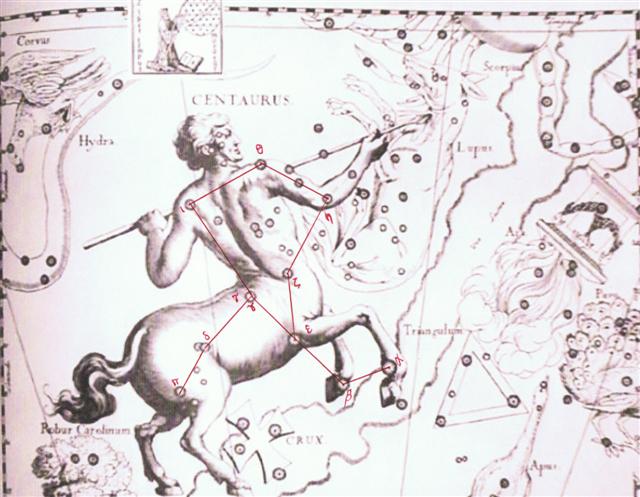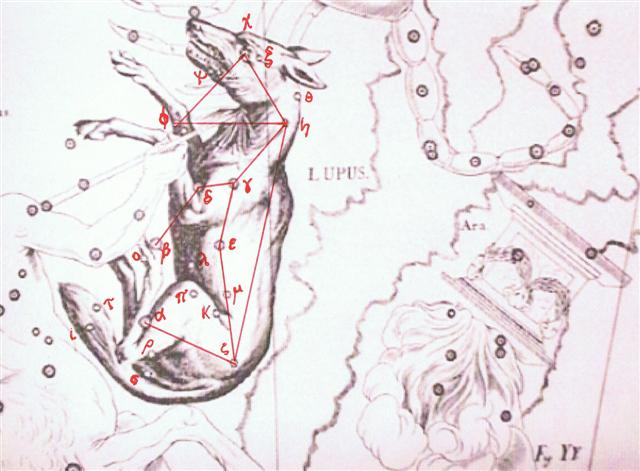Maybe we should count beyond Cb1-11 - which
shows a bird with its tail drawn as an empty downwards oriented
hand, perhaps a Sign of how below (south of the equator) there
are no 'fire fingers' remaining - because the glyph number is
403:
|
April 21
(111) |
22 |
23 |
 |
 |
 |
|
Cb1-5 |
Cb1-6 |
Cb1-7 (399) |
|
no star
listed |
η Arietis
(31.9) |
θ Arietis
(33.3) |
Mira (33.7) |
|
October 22
(295) |
23 |
24 |
|
Svāti-15 /
Neck-2
/ A3 / T6 |
Al Ghafr-13 |
ψ Centauri (216.6), ε Apodis
(216.8) |
|
Asellus Tertius,
κ VIRGINIS, 14 Bootis
(214.8), 15 Bootis (215.2)
ARCTURUS (215.4), Asellus Secundus (215.5) |
SYRMA,
λ Bootis (215.6), η Apodis (215.8), ι Lupi, 18 Bootis
(216.3), Khambalia (216.4), υ Virginis (216.5) |
|
April 24 |
25 |
26 (116) |
27 |
 |
 |
 |
 |
|
Cb1-8 |
Cb1-9 |
Cb1-10 |
Cb1-11 (403) |
|
ξ Arietis
(35.0) |
no stars
listed |
ν Arietis
(38.5) |
|
October 25 |
26 |
27 (300) |
28 |
|
Asellus Primus (217.8), τ
Lupi (218.1) |
φ
Virginis (218.7), σ Lupi (219.1), ρ Bootis
(219.5) |
Haris (219.7). σ Bootis
(220.2), η Centauri (220.4) |
ρ Lupi (221.0),
Toliman (221.2) |
|
rutua - te pahu
- rutua te maeva - atua rerorero - atua hiko ura - hiko
o tea - ka higa te ao ko te henua ra ma te hoi atua |
The very bright Toliman (α
Centauri) would in April 27, when close to the Full Moon, have
informed the Easter Islanders that north of the equator it was
spring:

Toliman is at the
right front hoof of the Centaur, not the last star to rise in
the constellation because 5 days later rose κ Centauri -
with a name equal to that of β Lupi which rose in the same day:

Therefore we can
see that κ Centauri must be at the right forearm of the Centaur.
The glyph number
for Toliman is the same as the glyph number for what I think is
a position of Sirius in the G tablet:
 |
 |
 |
 |
0 |
 |
|
Gb6-17 |
Gb6-18 |
Gb6-19 |
Gb6-20
(403) |
Cb1-11 (403) |
|
no star
listed |
ν Puppis
(99.2), ψ3 Aurigae (99.4), ψ2 Aurigae (99.5) |
ψ4
Aurigae (100.5) |
Mebsuta
(100.7),
Sirius
(101.2),
ψ5 Aurigae (101.4) |
120.0 |
ρ Lupi (221.0),
Toliman (221.2) |
|
June 27 |
28 |
29 |
30 (181) |
300 |
April 27
(117) |
This is as close to a 'proof' that I have so
far found for securing glyph numbers, stars, dates, etc.
From heliacal Sirius in June 30 (181) to heliacal Toliman in
day 221 + 80 = 301 (October 28) there are 301 - 181 = 120
days or ⅓ of a
year with 360 days.
In April 27 Toliman was
close to the Full Moon, which for those on Easter Island ought
to have been a Sign of the dark time ahead. The bird in Cb1-11
has its beak closed and the right-handed 'fire finger' tail is down in the
southwest (toga). The glyph type is moa, which normally is drawn
as a cock crying out (moa ohoa) at the first light of dawn
in the northeast
 |
 |
|
Cb1-11 |
moa |
|
Moa
Poultry (general term); moa to'a,
rooster; moa taga, chicken, moa rikiriki,
chick; moa tarapiko, old rooster (with much
twisted spurs - tara ); moa gao verapaka,
chicken with bald neck; moa va'e verevere,
with feathers on its legs; moa pipipipi with
multicoloured spots; moa garahurahu, colour
of dark ashes; moa tea, white; moa totara,
frizzy; moa tu'a ivi raŠ, with bright yellow
back. Vanaga.
Fowl; moa toa, cock; moa
uha, hen; moa ohoa, crowing of cocks;
moa manua, wild fowl; moa herea, tame
fowl. P Pau.: moa, domestic fowl. Mgv.:
moa, cock. Mq.: moa, hen. Ta.: moa,
cock, hen. Churchill.
Mgv.: Aka-moa, to cook.
Mq.: haamoa, id. To.: moa, dried. Ha.:
moa, to dry, to roast. Mgv.: Moaga, 1.
a red beard. Mq.: moaka, very red. 2. a fish.
Mq.: moana, id. Sa.: moaga, id. Ha.:
moana, a red fish. Mgv.: Moake, east
wind. Ha.: moae, the northeast tradewind.
Churchill. |
|













